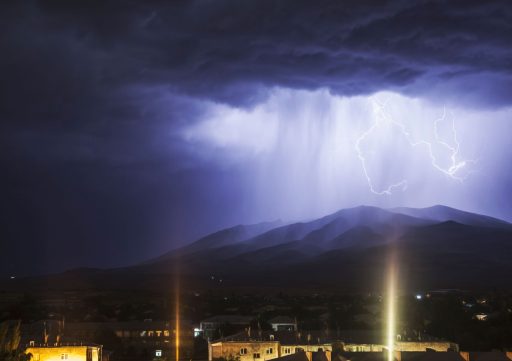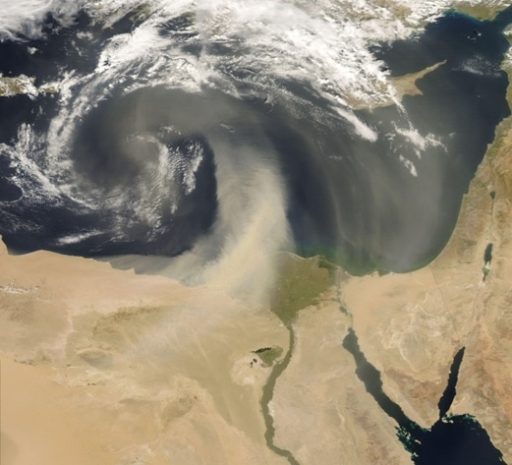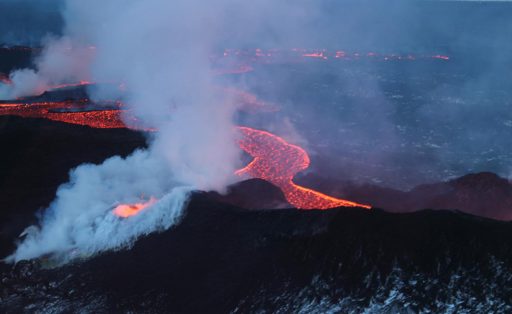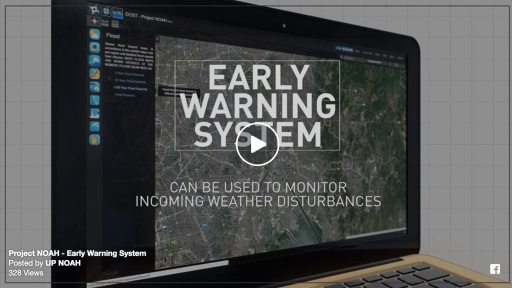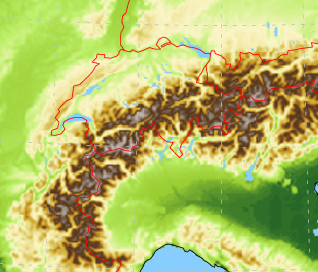“Strong winds, storms, heavy rain, heatwaves, and severe frosts all cause hundreds of millions of dollars of damage in the region. Also we had loss of lives and injuries so it is a very important issue.” Dr. Artur Gevorgyan, Hydromet Service of Armenia
Frequent in arid regions, dust storms can have devastating effects. Powered by R&E connectivity, monitoring and simulations equip scientists to better predict them and assist authorities in issuing alerts to help people, particularly asthma sufferers, take protective action.
The Amazon region is one of the ecosystems on the planet most affected by global climate change. The reason is variations in the Ecuador line cause events like floods, droughts and storms that directly affect the environment and the local population.
For volcanologists and seismologists Iceland is the world’s volcanic laboratory, where they try out new, data-intensive monitoring and early warning technologies, to help save lives and livelihoods in all parts of the world threatened by volcanic eruptions.
Leigh Orf from the University of Wisconsin-Madison leads a group of researchers specialised in re-creating meteorological events leading up to the forming of tornadoes. Built on real-world observational data, the computer simulations unveil the inner workings of these monstrous events in unprecedented detail.
While you can’t do anything to change the course of a typhoon moving towards you, you can take the necessary precautions before it reaches your shores – the earlier the better. So, you need to know your hazards, and that is why, in the wake of the catastrophic tropical storm Sendong in 2011, the Philippines started developing a complex early warning system.
As weather forecasts are becoming increasingly detailed, data volumes are increasing as well, demanding high-speed connectivity and supercomputing power.
The Indian summer monsoon is a manifestation of complex interactions between land, ocean and atmosphere and the simulation of its mean pattern and its variability on inter-annual scales is one of the challenging problems in climate studies. The correct prediction of this complex phenomenon is vital to national planning and economic policy making.
Understanding how the environment is altering through ongoing monitoring is key to coping with the effects of climate change. Working with European partners, the Central Asian Institute of Applied Geosciences (CAIAG) in Kyrgyzstan is able to monitor melting glaciers and mitigate the risks to the local population.


